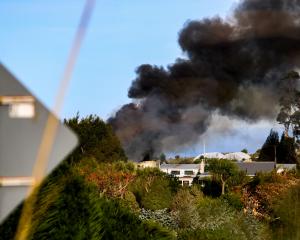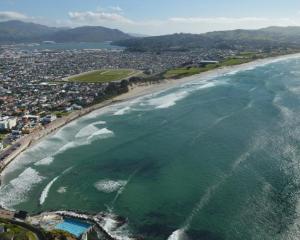
Niwa National Climate Centre forecasting principal scientist Chris Brandolino said a unique climate driver in the stratosphere would have an impact on southern hemisphere weather patterns during August, leading to a strongly negative Southern Annular Mode (SAM) and disturbed polar vortex.
This would involve high-pressure zones consistently extending into the Southern Ocean and towards the South Island, particularly in the first half of the month.
"This will contribute to a colder than average start to August in New Zealand.
"For the August-October period as a whole, however, air temperatures are most likely to be above average in the north of the North Island and about equally likely to be near average or above average in all remaining regions."
He said more northerly quarter air flows than normal were expected from mid-August, which would likely contribute to spells of unseasonable warmth.
Although the first half of August looks drier than normal in many regions, near normal or above normal rainfall is about equally likely for all regions of the country during August-October.
An increase in rainfall was possible from mid-August, he said.
Despite an expected increase in rainfall over this three-month period, river flows would only recover gradually.
"This will continue to affect water availability for some sectors, such as hydro-scheme operators and for agricultural applications."
On the West Coast, the Southern Alps and foothills, and in Otago and Southland, temperatures were about equally likely to be above average or near average during the next three months, and rainfall totals were about equally likely to be near normal or above normal, he said.
In Otago, soil-moisture levels were most likely to be near normal, while river flows were equally likely to be near normal or below normal.
But for the rest of the southern regions, soil-moisture levels and river flows were most likely to be near normal, he said.
Advertisement













